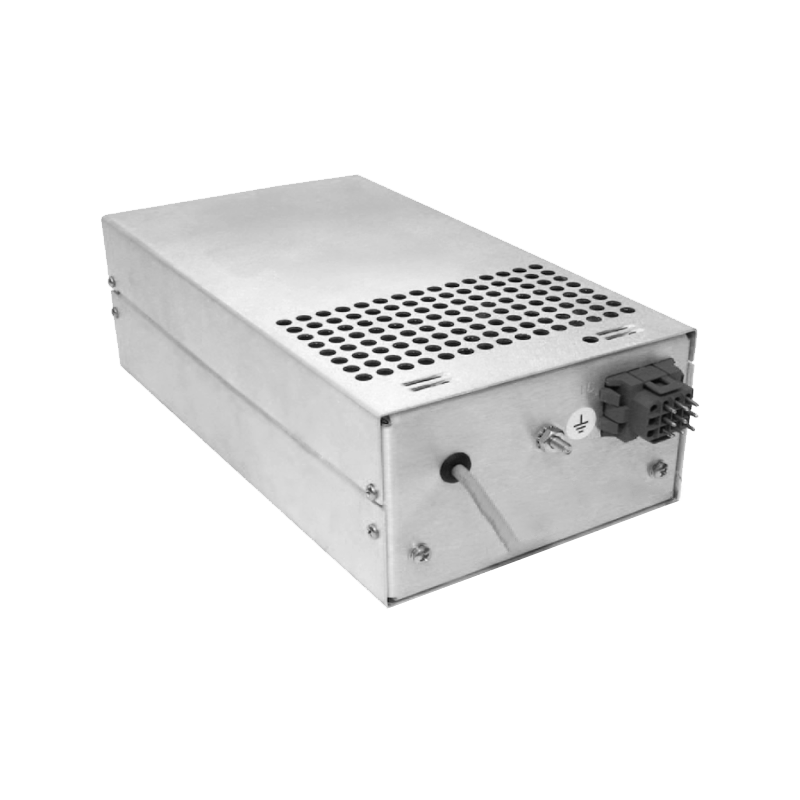Technological Breakthroughs of High-Power Pulse Power Supplies
In the development of modern technology, high-power pulse power supplies, characterized by their ability to release high energy instantaneously, have become core equipment in fields such as national defense, new energy development, and material processing. In recent years, as the performance requirements of application scenarios have continued to rise, high-power pulse power supplies have witnessed several key technological breakthroughs, achieving qualitative leaps from basic devices to system architectures.
At the level of power devices, the application of wide-bandgap semiconductor materials has brought revolutionary changes to high-power pulse power supplies. Traditional silicon-based devices are limited by switching speed and voltage withstand capability, making it difficult to meet the demand for high-frequency and high-voltage pulse output. However, the emergence of wide-bandgap materials such as silicon carbide (SiC) and gallium nitride (GaN) has increased the breakdown field strength of power devices to more than 10 times that of silicon materials and reduced switching losses by 60%. This breakthrough not only significantly improves the energy conversion efficiency of power supplies but also compresses the pulse rise time to the order of hundreds of nanoseconds, meeting the stringent requirements of cutting-edge equipment such as laser weapons and particle accelerators for fast pulse response.
Innovation in topological structures is also an important direction for technological breakthroughs in high-power pulse power supplies. Traditional pulse forming networks (PFNs) suffer from large size and low energy density. The application of the new modular multilevel converter (MMC) topology enables flexible adjustment of output voltage and fault redundancy by connecting multiple sub-modules in series. In addition, improvements in magnetic pulse compression technology utilize the nonlinear saturation characteristics of magnetic switches to compress and release the energy in energy storage capacitors in an extremely short time, enabling the pulse peak power density to reach the gigawatt level. In inertial confinement fusion experimental devices, the power supply system based on magnetic pulse compression technology can output megajoule-level energy within a few microseconds, providing the instantaneous high-temperature and high-pressure physical conditions required for nuclear fusion reactions.
In terms of control strategies, the deep integration of digital signal processing (DSP) and field-programmable gate arrays (FPGA) endows high-power pulse power supplies with intelligent control capabilities. Traditional analog control methods have problems such as slow response speed and difficult parameter adjustment. In contrast, digital control systems based on model predictive control (MPC) algorithms can predict pulse waveforms in real-time and adjust the conduction timing of power devices in advance, controlling the pulse output accuracy within ±1%. At the same time, through distributed cooperative control technology, multiple pulse power supplies can achieve nanosecond-level synchronous triggering, meeting the requirements of complex application scenarios such as high-power electromagnetic pulse simulation.
Advances in cooling technology also provide strong support for the performance improvement of high-power pulse power supplies. In response to the instantaneous high heat generated during pulse discharge, a composite cooling solution combining micro-channel liquid cooling and phase-change materials has emerged. This solution etches micro-scale flow channels on the surface of power devices and uses highly thermally conductive cooling liquids to control the temperature fluctuation of device junctions within 10°C, ensuring the long-term stable operation of power supplies under high-frequency pulse output conditions.
Looking to the future, high-power pulse power supplies will develop towards higher energy density, shorter pulse width, and stronger environmental adaptability. With the in-depth research of cutting-edge technologies such as superconducting pulse power supplies and artificial intelligence-based adaptive control, high-power pulse power supplies are expected to achieve new application breakthroughs in fields such as commercialized controlled nuclear fusion and high-power microwave weapons, continuously driving technological innovation in interdisciplinary fields.




















